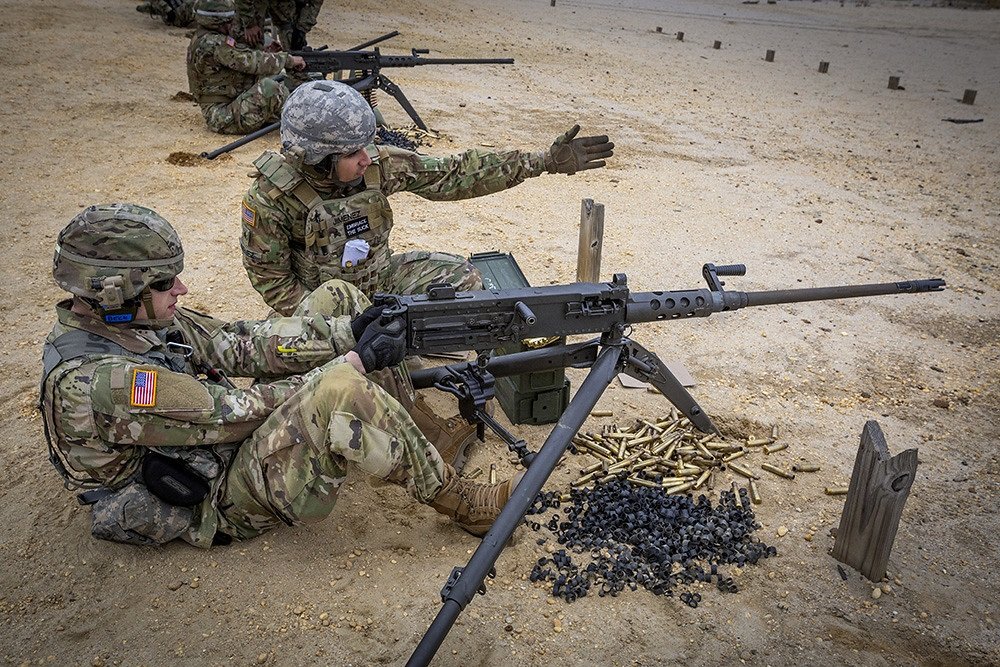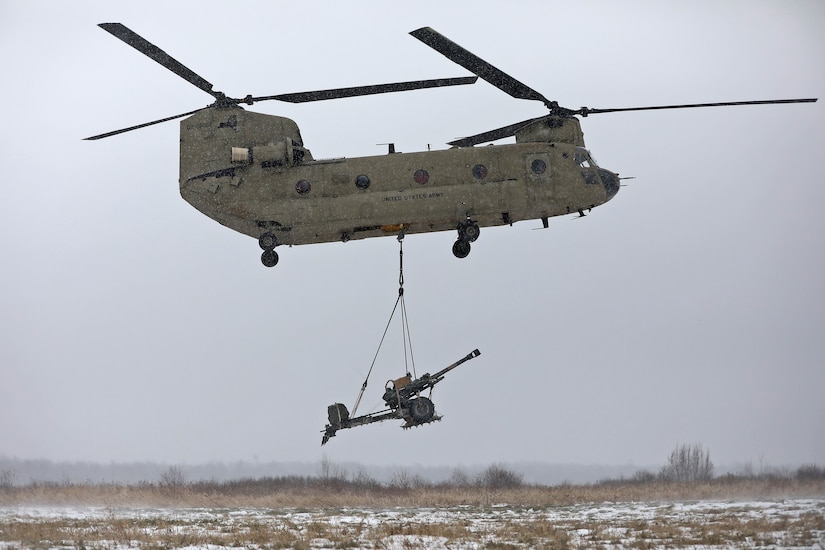ERIK HEREJK RIBEIRO
 After more than a decade of standoffs at the disputed Line of Actual Control (LAC), questions have been raised about the Sino-Indian military balance and the possibility of a repetition of the events that led to war in 1962. Especially after the Doklam plateau incident in 2017, where the countries’ forces faced each other for several weeks, analysts have focused on the territorial balance of power as a crucial element of Sino-Indian competition and deterrence dynamics. The resounding question in the heads of policy-makers and experts is: Over the next decade, are China and India more or less likely to go to war than before? This article analyzes the effects of infrastructure building and military modernization for Chinese and Indian strategies at the disputed border. Using the offense-defense balance framework, our findings point towards an erosion of conventional deterrence at the Himalayas, where both sides have more capabilities and incentives to choose preemption and offensive action than any moment in the last five decades. These changes have also led to new military doctrines and strategies by China and India, which are now preparing for scenarios ranging from low-intensity conflict to a large-scale – although limited – conventional war.
After more than a decade of standoffs at the disputed Line of Actual Control (LAC), questions have been raised about the Sino-Indian military balance and the possibility of a repetition of the events that led to war in 1962. Especially after the Doklam plateau incident in 2017, where the countries’ forces faced each other for several weeks, analysts have focused on the territorial balance of power as a crucial element of Sino-Indian competition and deterrence dynamics. The resounding question in the heads of policy-makers and experts is: Over the next decade, are China and India more or less likely to go to war than before? This article analyzes the effects of infrastructure building and military modernization for Chinese and Indian strategies at the disputed border. Using the offense-defense balance framework, our findings point towards an erosion of conventional deterrence at the Himalayas, where both sides have more capabilities and incentives to choose preemption and offensive action than any moment in the last five decades. These changes have also led to new military doctrines and strategies by China and India, which are now preparing for scenarios ranging from low-intensity conflict to a large-scale – although limited – conventional war.
Promotional Content
The Sino-Indian security dilemma and the changing offense-defense balance















/arc-anglerfish-arc2-prod-mco.s3.amazonaws.com/public/GYEHYFQAQFDKTHFR2SANVCPMLM.jpg)
